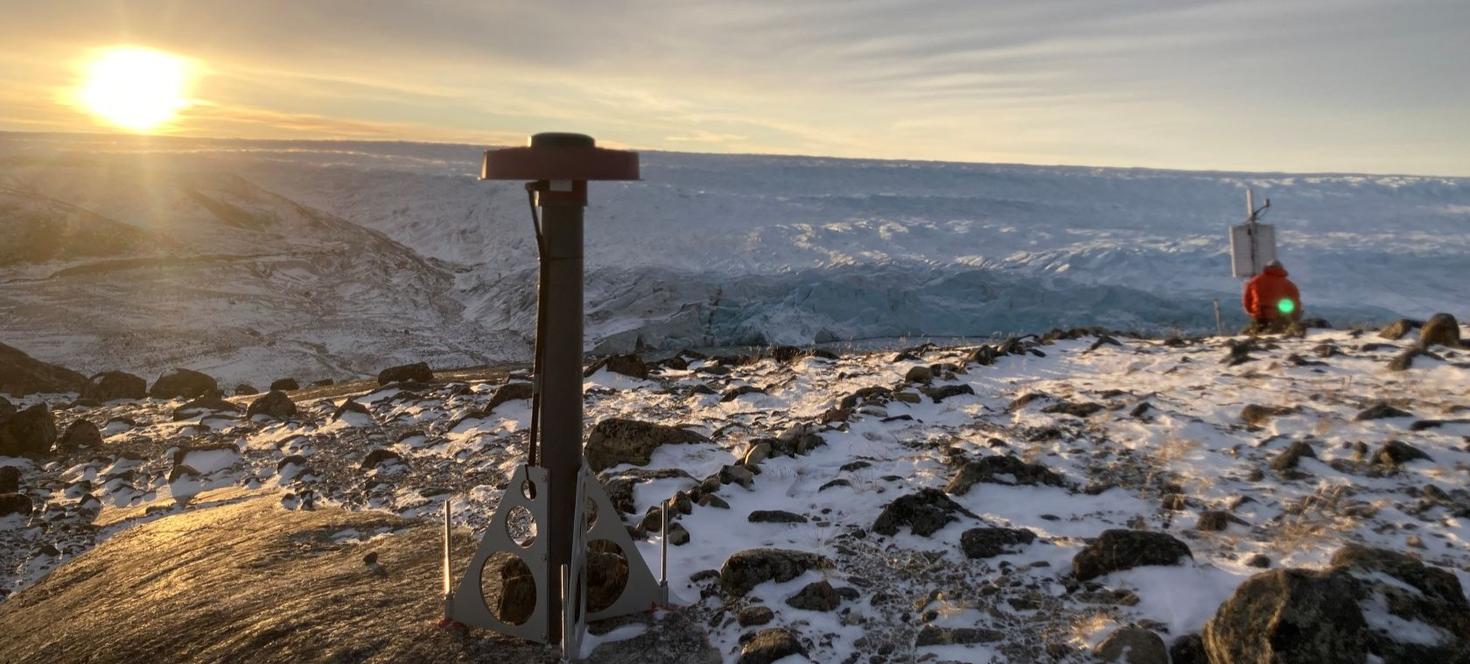It all began in Tehran, where Parviz completed a master’s degree in geodesy — the study of Earth’s shape, gravity and surface dynamics using satellite data. “I asked my supervisor why surface deformation matters,” Parviz recalls. The answer shifted everything: “It’s not just what happens on the Earth’s surface but why it happens that matters most.” That insight led Parviz to dig deeper into the physics and geodynamics that drive Earth’s hidden forces.
His curiosity brought him to Canada and into the computational geophysics lab of Professor Glenn Milne. It was a natural match: Parviz brought a passion for math, computers and Earth systems. Professor Milne offered a research environment rooted in global collaboration and real-world applications.
Moving to Canada reshaped Parviz’s approach to research. “In Iran, we focused on theory due to limited data and technology. But here, I learned to combine theory with practical applications and diverse datasets,” he explains.
For his PhD, Parviz tackled a geophysical puzzle with global consequences: the melting of the Greenland Ice Sheet and its impact on sea level rise. His research aimed to better understand the region’s subsurface temperature and structure through an innovative approach called joint inversion. This method merges different geophysical datasets (like seismic and gravity data) to produce a unified 3D temperature model of Earth’s crust to upper mantle.
“It’s not just what happens on the Earth’s surface but why it happens that matters most.”
Parviz Ajourlou
— PhD graduate
Unlike earlier studies that relied on one or two datasets, Parviz’s approach combines several, enabling greater accuracy and quantifying uncertainty. “It’s like looking at the same object through multiple lenses,” he says. “Each dataset tells part of the story. Together, they reveal the whole picture.”
His upcoming article in the Proceedings of the National Academy of Sciences (PNAS) includes not just one but two major projects from his thesis. It highlights how the improved temperature model directly enhances modelling of glacial isostatic adjustment (GIA), or how the Earth responds to the load of changing ice sheets. This work matters, as GIA models are essential to understanding how the Earth’s crust rebounds as ice sheets melt, which in turn influences estimates on global sea level rise.
Another breakthrough came when Parviz identified the likely path of the Iceland hotspot through Greenland, a topic that geophysicists have debated for decades. His work challenges old assumptions and proposes a new west-to-east trajectory supported by high-resolution seismic data.
The PhD journey had its challenges. COVID-19 disrupted labs, collaborations faltered and funding tightened. Still, Parviz persisted with the unwavering support of Milne, whom Parviz describes as “a constant, open-minded mentor who gave space for new ideas and showed up when it mattered most.”
Today, Parviz works at Natural Resources Canada, applying his scientific training to national challenges. While his current role draws more on his master’s expertise than his PhD research, his passion for climate-related science remains strong. “The models we’ve built for Greenland are already being used by other research teams,” he notes. “The approach, more than just the results, has potential to improve climate and sea level research around the world.”
When asked what advice he’d give aspiring researchers, his message is clear: be curious, be patient and try everything. Earth science, he says, is a vast field where everyone can find their place, whether in a lab, behind a computer or out in the field under the summer sun.
Parviz didn’t just earn a PhD, he built a bridge between theory and applications, between Iran and Canada and between science and society. His work reminds us that solving Earth’s biggest problems begins with asking the right questions and having the courage to seek the answers.
Read more
